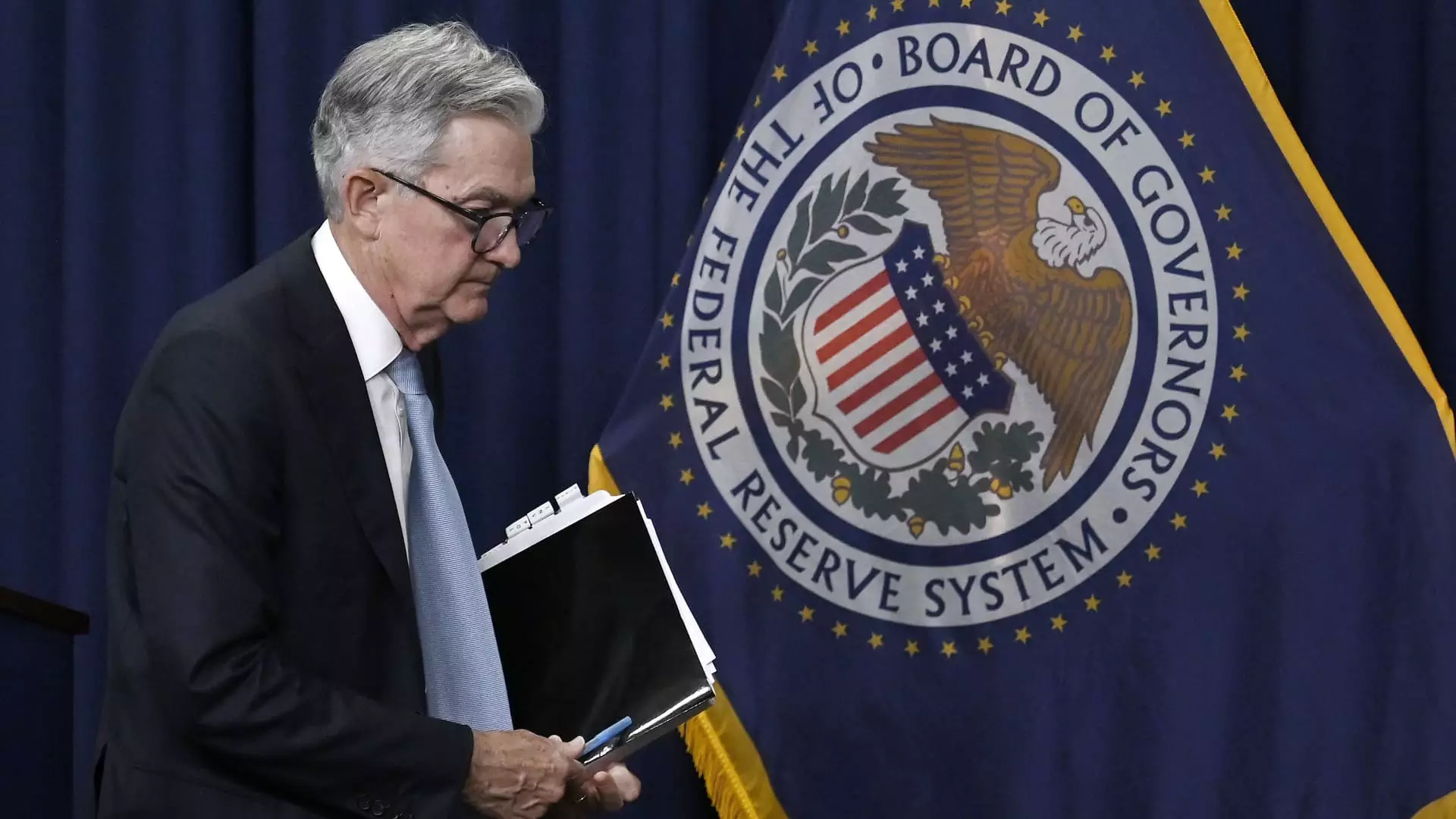Claudia Sahm, chief economist at New Century Advisors, believes that the U.S. Federal Reserve does not need to make an emergency rate cut despite recent weaker-than-expected economic data. She argues that although there is a good case for a 50-basis-point cut, there is no need for an emergency cut as of now. Sahm suggests that the Fed needs to “back off” its restrictive monetary policy, but should not rush into drastic measures.
Sahm believes that the Fed needs to start easing gradually ahead of time to mitigate the risk of a recession. According to the Sahm rule, which she introduced, the initial phase of a recession begins when the three-month moving average of the U.S. unemployment rate is at least half a percentage point higher than the 12-month low. With lower-than-expected manufacturing numbers and higher-than-forecast unemployment, recession fears have been fueled, causing a global market rout. Despite the U.S. employment rate standing at 4.3% in July, crossing the 0.5-percentage-point threshold, Sahm maintains that the economy is not currently in a recession.
Sahm emphasizes the importance of monitoring the labor market and ensuring that growth stabilizes to prevent a recession. While she acknowledges the presence of risks, she does not guarantee where the economy will head next. She suggests that further weakening could potentially push the economy into a recession, highlighting the need for cautious and proactive measures by the Fed.
Claudia Sahm’s analysis of the U.S. economy calls for a measured approach by the Federal Reserve. While there is no immediate need for an emergency rate cut, Sahm recommends a gradual easing of monetary policy to prevent a potential recession. By closely monitoring key economic indicators and responding preemptively, the Fed can play a crucial role in guiding the economy towards stable growth.

